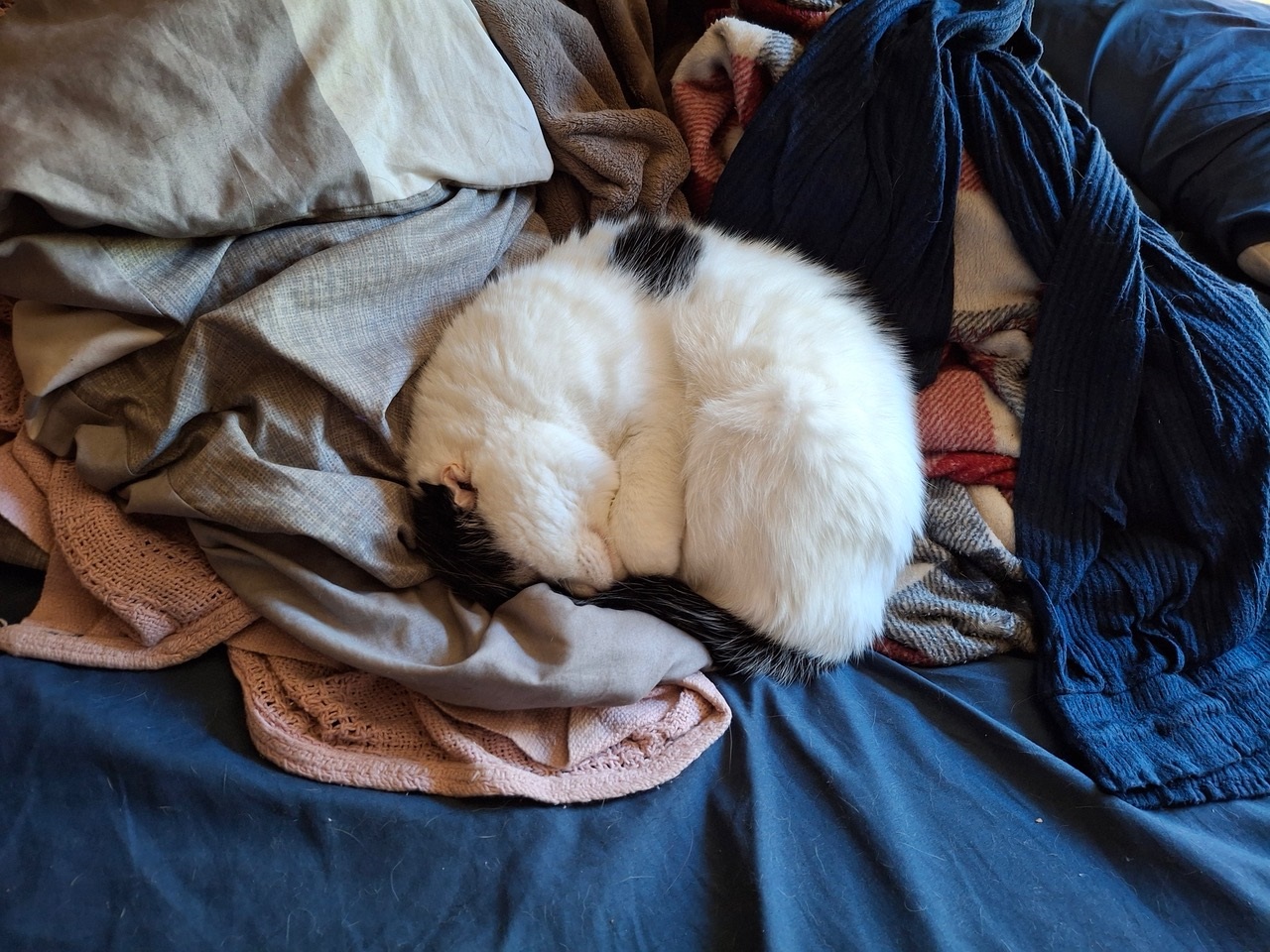Health
Daylight Savings: How Time Change Impacts Pets’ Behavior

As clocks turn back for daylight savings time, pet owners may notice changes in their animals’ behavior and feeding habits. The shift can create confusion for pets, influencing their routines and interactions with humans. Understanding these effects is crucial for maintaining harmony in the household.
Impact on Dogs
Dogs, unlike humans, are not attuned to the artificial time dictated by clocks. They operate according to natural sunlight patterns. According to Dr. Jerry Klein, Chief Veterinarian at the American Kennel Club, “Dogs respond to daylight, and they wake when the sun rises and sleep when it’s dark.” This means that while humans may struggle with the time change, dogs are likely to maintain their own rhythms.
Some dogs might display signs of confusion or irritability during this transition. Pet owners may notice changes in behavior such as grumbling, growling, or increased vocalizations. To ease this adjustment, consider shifting feeding times slightly earlier. For example, if dinner is usually served at 6 p.m., try offering it at 5:45 p.m. for a few days, then adjust to 5:30 p.m. This gradual change can help pets adapt more smoothly.
Effects on Cats
Cats are also influenced by daylight savings but exhibit different behaviors. According to pet expert Jackson Galaxy, “your cat follows the sun every day.” This means that as the sun rises and sets, cats will adjust their daily routines accordingly. Pet owners may observe their cats shifting napping spots to soak up sunlight or changing their activity patterns based on the time of day.
Cats generally have a faster metabolism than dogs, which may lead to increased hunger between meals. To maintain a healthy feeding schedule, it is advisable to avoid leaving dry food out all day. Instead, stick to regular meal times, as this supports both physical health and behavioral stability.
As the days grow shorter and darkness prevails, it becomes essential for pet owners to spend more quality time with their pets. Engaging in activities together can boost the bond between owner and animal, providing mutual comfort during this period of seasonal change.
Sally Cragin, director of Be PAWSitive: Therapy Pets and Community Education, recommends maintaining routines to support emotional well-being for both pets and their owners. By remaining attentive to the needs of pets during the transition to daylight savings, owners can help reduce stress and maintain a positive environment at home.
In conclusion, while daylight savings may seem like a minor inconvenience for humans, its impact on pets is significant. By understanding how to adjust feeding times and routines, pet owners can ensure their animals remain happy and healthy during this seasonal shift.
-

 Politics2 weeks ago
Politics2 weeks agoAfghan Refugee Detained by ICE After Asylum Hearing in New York
-

 Business2 weeks ago
Business2 weeks agoIconic Sand Dollar Social Club Listed for $3 Million in Folly Beach
-

 Health2 weeks ago
Health2 weeks agoPeptilogics Secures $78 Million to Combat Prosthetic Joint Infections
-

 Science2 weeks ago
Science2 weeks agoResearchers Achieve Fastest Genome Sequencing in Under Four Hours
-

 Science2 weeks ago
Science2 weeks agoInterstellar Object 3I/ATLAS Emits Unique Metal Alloy, Says Scientist
-

 Lifestyle2 weeks ago
Lifestyle2 weeks agoJump for Good: San Clemente Pier Fundraiser Allows Legal Leaps
-

 Health2 weeks ago
Health2 weeks agoResearcher Uncovers Zika Virus Pathway to Placenta Using Nanotubes
-

 World2 weeks ago
World2 weeks agoUS Passport Ranks Drop Out of Top 10 for First Time Ever
-

 Top Stories2 weeks ago
Top Stories2 weeks agoChicago Symphony Orchestra Dazzles with Berlioz Under Mäkelä
-

 Business2 weeks ago
Business2 weeks agoSan Jose High-Rise Faces Foreclosure Over $182.5 Million Loan
-

 Entertainment2 weeks ago
Entertainment2 weeks agoJennifer Lopez Addresses A-Rod Split in Candid Interview
-

 World2 weeks ago
World2 weeks agoRegional Pilots’ Salaries Surge to Six Figures in 2025









